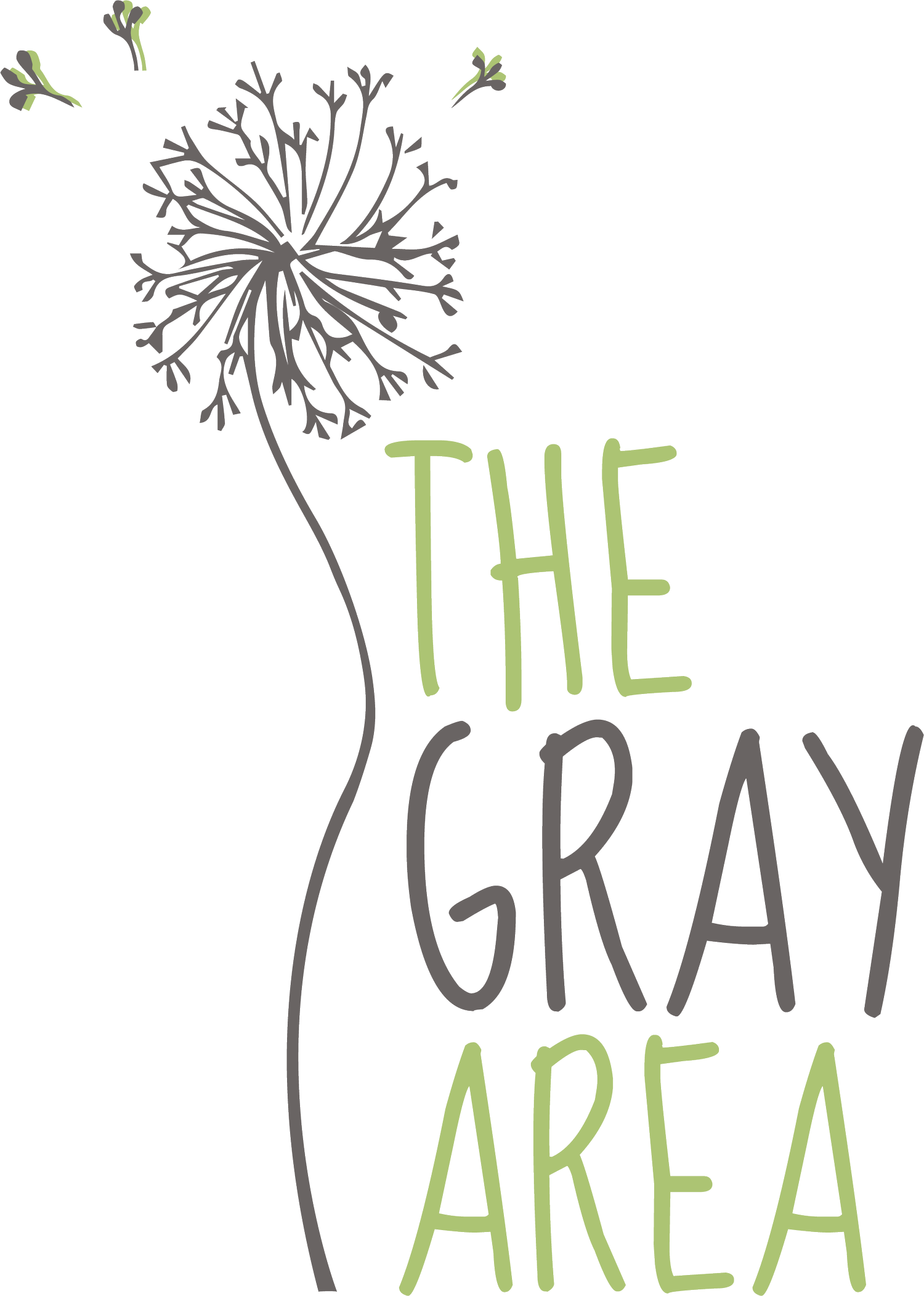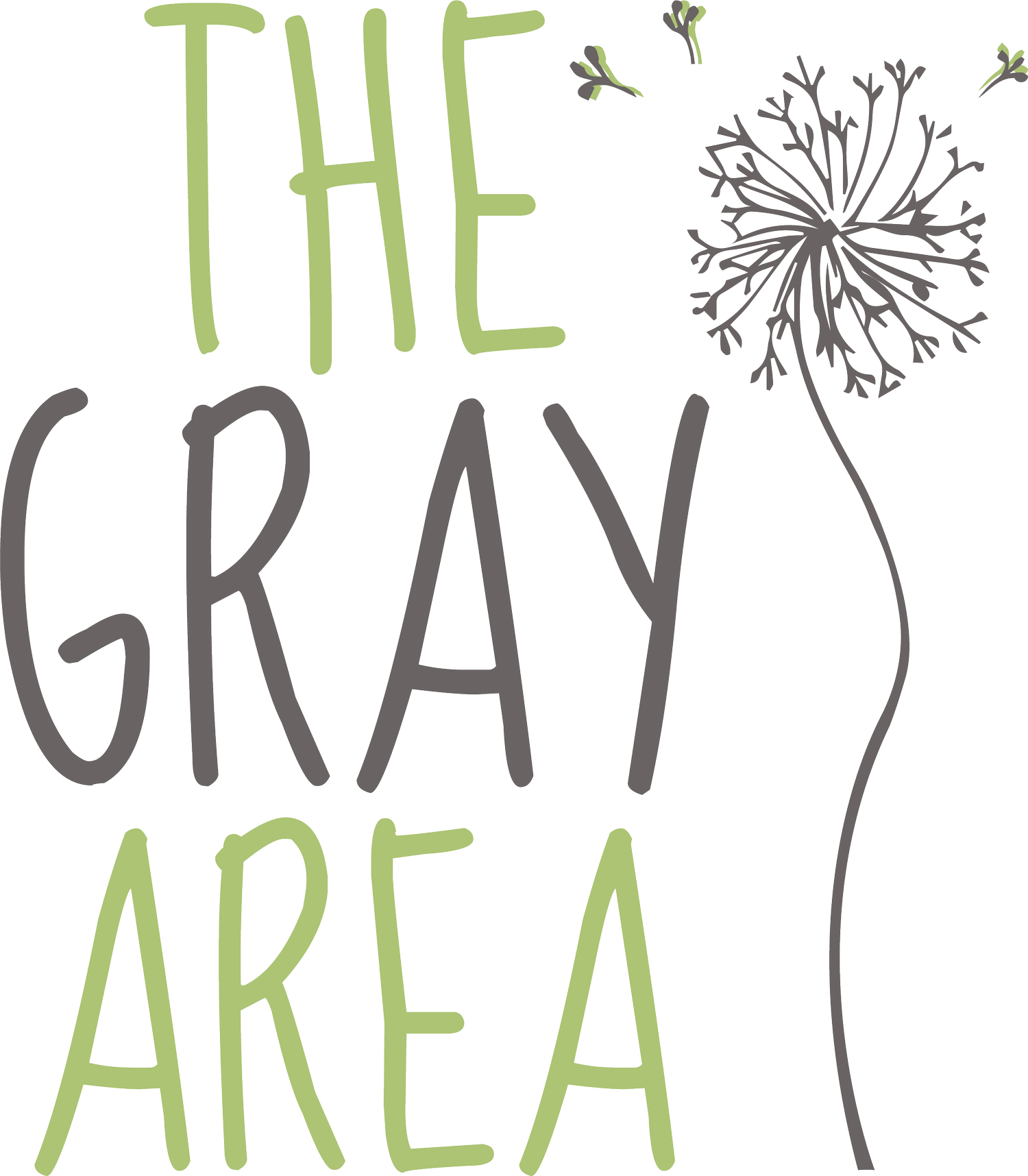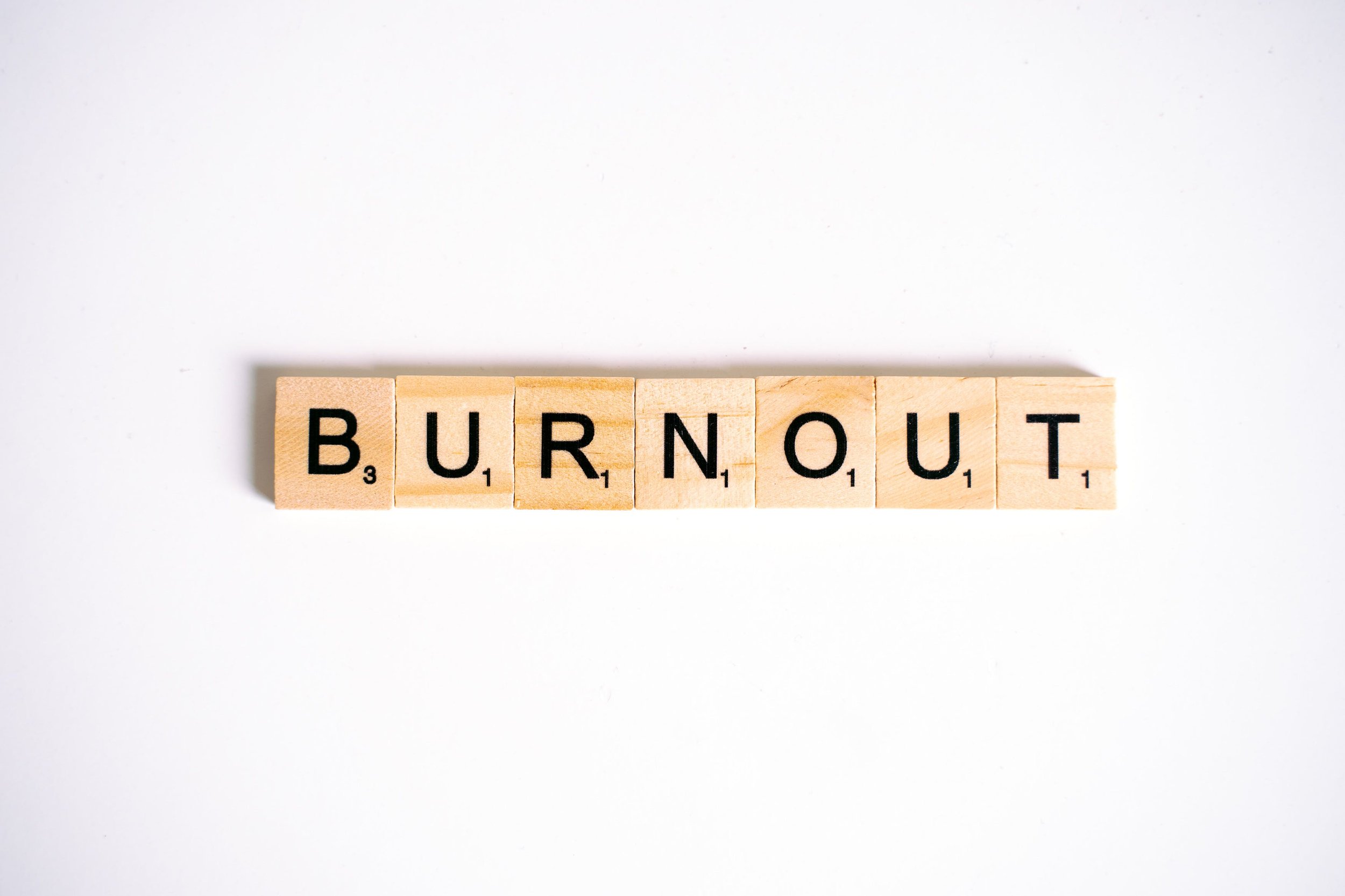A SPACE FOR YOU, FOR THE STUFF YOU WANT TO KNOW.
We have created Here To Hear as a platform to engage with you and deliver the information you seek for all things mental health. Our goal is simple: to provide blog posts that truly interest you and are beneficial to your wellbeing.
PATHOLOGICAL DEMAND AVOIDANCE (PDA)- DEBUNKED
Have you been hearing the term Pathological Demand Avoidance, or PDA lately? There’s been a surge in the discussions about PDA and autism spectrum disorder, so we wanted to take a minute to explain things a little further and give our readers some insight on a topic they may have seen popping up in recent times.
Have you been hearing the term Pathological Demand Avoidance, or PDA lately? There’s been a surge in the discussions about PDA and autism spectrum disorder, so we wanted to take a minute to explain things a little further and give our readers some insight on a topic they may have seen popping up in recent times.
WHAT IS PDA?
Pathological Demand Avoidance (PDA) is a diverse and often misunderstood profile that can present within the Autism Spectrum.
It can be characterised as an extreme avoidance of every day demands and expectations, usually driven by an anxiety-based need to feel a sense of control. Parents and caregivers may often see this behaviour present with refusal, distraction and avoidance of requests and day to day tasks.
As a psychologist and behaviour support practitioner I have seen firsthand the challenges and strengths that can be associated with PDA. In my personal experience, parents and care givers often benefit from understanding the underpinnings of PDA. So, let’s delve a little deeper… Within our brain is a control centre for fear (aka fight or flight), called the amygdala. The amygdala plays a pivotal role in the anxiety-driven response which we often see in PDA. When demands are placed on someone who is experiencing PDA, their amygdala can trigger a fight or flight response, leading to the extreme avoidance behaviours we observe. At the same time, their decision-making and emotional regulation part of their brain may struggle to modulate this response, which can result in a heightened need to control their environment and to reduce perceived threats.
WHAT DOES PDA LOOK LIKE?
PDA may be observed through resistance to ordinary demands, use of social strategies such as charm or excuses to outstep demands, strong emotions, intense interest in others, and creative strategies to escape or avoid tasks. Individuals with PDA may also enjoy engaging in role plays and imaginative tasks which can allow them to explore scenarios on their own terms.
SUPPORTIVE STRATEGIES FOR SUPPORTING INDIVIDUALS WITH PDA
Supporting someone with PDA requires an approach that is specific to their individual needs, respects their need for control, and gently guides them towards greater flexibility and resilience. The following strategies may be useful when supporting someone with PDA;
Collaborative problem solving to create solutions to challenges together can help to foster their sense of agency.
Encouragement of flexible thinking by presenting choices and alternatives can also make demands feel less rigid.
Reduction of direct demands through reframing of tasks can have positive outcomes and significantly reduce anxiety. This can be done by making suggestions or invitations instead of direct demands.
Predictable routines can assist with consistency and predictability in daily routines. This will also help to foster a sense of safety and control for those experiencing PDA.
Pathological Demand Avoidance highlights the diverse ways in which individuals experience and respond to our very dynamic world. By embracing an open-minded, compassionate and client-centred approach, the complexities often associated with PDA can help to provide insight into others, and expand our understanding of life through another person’s eyes.
In the words of our wonderful director Myles Cherry, “lean towards curiosity, and away from judgment.”
Pathological Demand Avoidance (PDA)- Debunked
HAYLEY ARMSTRONG
Provisional Psychologist
A REMINDER THAT YOU’RE A WORK IN PROGRESS.
The notion of feeling like an imposter is synonymous with the self-doubt that we create about our own knowledge, capabilities, or skills. It is an experience that a significant amount of people will face at some point throughout their lives, indicating just how intertwined imposter syndrome is to the human experience.
“The wonderful thing about imposter syndrome is that it’s a message telling you that you aren’t the finished article.”
ANGELA ASHWELL
The notion of feeling like an imposter is synonymous with the self-doubt that we create about our own knowledge, capabilities, or skills. It is an experience that a significant amount of people will face at some point throughout their lives, indicating just how intertwined imposter syndrome is to the human experience. Questions such as: “Why listen to me?” often surface as a nagging reminder that we are insufficient, inadequate, or incapable of producing an impact within a specified field despite the training, knowledge, insight, or qualifications that it took to be in that position initially. Such questions can then give birth to a voice within our minds that produce feelings of inferiority and a plummet of confidence within our ability. Thus, it is imperative to reframe this self-doubt so that it can be conducive and much less debilitating.
A TEACHER NOT A CRITIC
The first step to reframing these imposter-like thoughts is to identify what they are trying to communicate to us. Instead of aiming to dismiss these thoughts, it is important that we lean into them, acknowledge them, and search within them to understand their function. An effective means of doing so is placing greater emphasis on imposter syndrome as a teacher than a critic. Through this, our internal dialogue will then replace the feelings of inadequacy with that of a self-awareness in the areas that require additional attention. This identified in the above quote that suggests that we let imposter syndrome serve as a reminder that we are not yet finished products.
COMBAT SELF-DOUBT
Furthermore, it is imperative that we prepare and allocate time to areas in which we may lack confidence to combat self-doubt. Whether it means diving deeper into particular subjects, specifying goals, or clarifying outcomes, preparation can often illuminate the dark corners of uncertainty that exist within our minds.
CELEBRATE THE WINS
Making note of your wins is another instrumental tool to armour yourself against imposter syndrome. Take ample time to celebrate your victories and what you may have learned within the process that it took you to get there. Far too often we jump on this rollercoaster that is life without allowing for time to reflect on the growth, lessons, and triumphs that we experienced along the way. It is pivotal that we reflect upon successes to remind ourselves that we may be more capable than we first realised.
With all this in mind, I encourage you all to continue to show up despite imposter syndrome, self-doubt, or feelings of inadequacy. Accept the fact that nobody is a “finished article” and that we are constantly figuring out different means of navigating the pursuits of life. Draw confidence from your wins, losses, and experiences that have led you to be exactly where your feet are planted right now. I promise you; you are all far more capable than you believe.
A Reminder That You're a Work in Progress
MYLES CHERRY
Director/ Registered Psychologist
NAVIGATING STRESS & ANXIETY IN EVERYDAY LIFE
To all those reading, it’s important to remember that the beauty of the essence of humanity lies not in the absence of challenge, but in our ability to rise above it. Many of us will navigate the turbulent seas of stress and anxiety throughout our lives, but with empowerment through knowledge and a trusted toolkit of techniques, hopefully the experience can be a smoother one.
In our fast-paced world, it is not unusual for us to be faced with stress and anxiety, which can negatively impact our daily lives in numerous ways. As psychologists, we often observe the impact of these psychological states on people, and commonly unpack the uneasiness associated with stress and anxiety. We aim to offer practical strategies to navigate these challenges with both resilience and grace.
WHAT EXACTLY IS STRESS & ANXIETY?
FEELING STRESSED? WHAT IS HAPPENING…
Stress, in its essence, is our body’s response to any demand or threat that activates a cascade of physiological reactions designed to enhance our survival.
FEELING ANXIOUS? WHAT DOES THIS MEAN…
Anxiety, while closely related to stress, is the anticipation of a perceived threat. This can often be displayed as persistent worry and overthinking, as well as physical symptoms such as a racing heart, trembling hands and feelings of nausea.
These responses are not inherently negative; they evolved to protect us! However, when faced with these feelings for long periods of time, they can bring down our mental, physical and emotional wellbeing.
WHAT ELSE DO WE KNOW ABOUT IT?
The age old saying ‘knowledge is power’ can be applied to our management of stress and anxiety when it arises. Understanding the underpinnings of stress and anxiety can help demystify our experiences and in turn reduce the overwhelming impact they can have. Without getting too scientific, we all have a central part in our brain called an amygdala. The amygdala’s job is to process emotions, including fear and anxiety. When activated it prepares the body for a fight-or-flight response. For example, when someone gives you a fright, your reaction may be an increased heart rate and the desire to run and hide. This is your amygdala detecting a potential threat.
Another part of our brain, the pre-frontal cortex, is responsible for reasoning and decision making, as well as regulating our responses. By understanding that we have some control over these inner workings of our brains, we can often develop a sense of control, which can enable us to approach stressful situations with a more balanced, calm perspective.
WHAT STRATEGIES CAN HELP ME FEEL CALMER?
BE PRESENT
Mindfulness and Meditation has long been touted as an all-encompassing health practice with endless benefits. So how does it work for stress and anxiety? Well, engaging in mindfulness practices can enhance the pre-frontal cortex’s ability to reduce the amygdala’s response to stress. Meditation, even a few minutes per day, can significantly lower anxiety levels. Some great examples of these practices include focused breathing, guided meditation, taking time to be present in the moment, and gratitude exercises.
MOVE YOUR BODY
Physical Activity and regular exercise are a potent stress reducer. They stimulate the production of feel-good neurotransmitters called endorphins. These are the brains natural mood elevators and help to foster a state of well-being and tranquillity.
EXTRA Zzz’s
A good nights sleep! I’m sure many of us have heard of the benefits associated with a good nights sleep including a better mood and fewer wrinkles, but did you know quality sleep is foundational to mental health? Establishing a regular sleep routine and creating a restful environment has proven to significantly impact our ability to handle stress and anxiety. An example of a good sleep routine is to limit artificial light 60 minutes prior to bedtime, stick to a consistent bedtime and allow the body and mind to relax prior to sleeping. This might be achieved through reading a book, meditating, journaling or taking a warm shower. For bonus sleep routine points – try to view sunlight when the sun sets, and immediately upon waking, for 15-20 minutes each day. This practice helps to regulate our circadian rhythm which is our internal body clock associated with sleep and wake times.
MAKE MEMORIES
Social Support is another crucial buffer in managing the effects of stress and anxiety. Connecting and sharing our experiences with friends or family can often bring a sense of relief and foster a sense of belonging and support.
To all those reading, it’s important to remember that the beauty of the essence of humanity lies not in the absence of challenge, but in our ability to rise above it. Many of us will navigate the turbulent seas of stress and anxiety throughout our lives, but with empowerment through knowledge and a trusted toolkit of techniques, hopefully the experience can be a smoother one.
Navigating Stress & Anxiety in Everyday Lige
HAYLEY ARMSTRONG
Provisional Psychologist
A NEW CHAPTER: THE GRAY AREA’S JOURNEY INTO EARLY INTERVENTION
We are thrilled to introduce Early Intervention Therapy, a proactive approach in addressing cognitive disabilities and developmental delays in children.
Hi TGA community! I'm Mady, a proud member of The Gray Area family, currently transitioning into our exciting new chapter in Early Intervention. As I passionately continue my journey toward becoming a child psychologist, let me share the vibrant chapters that led me here.
MY PATH UNVEILED
My journey commenced in the world of dance, where I echoed the joy and energy of childhood through dance teaching. After leaving the dance floor, my role as an Out Of School Hours (OOSH) Supervisor provided insights into the dynamics of children's unfiltered playfulness. The transition to being a therapeutic support worker for children and young people in Out Of Home Care and with disabilities deepened my understanding of the diverse needs within our community.
PASSION ILLUMINATED
A TRANSITION TO EARLY INTERVENTION
Now, as an integral part of The Gray Area’s vibrant community, I'm stepping into Early Intervention—an area that aligns seamlessly with my ambition to make a lasting impact on young lives.
We are thrilled to introduce Early Intervention Therapy, a proactive approach in addressing cognitive disabilities and developmental delays in children. By working within their primary environments—home and school—we aim to enrich positive pathways for learning, behaviour, and social and emotional development.
THE POWER OF EARLY INTERVENTION WITH THE GRAY AREA
Why wait to address challenges when we can lay the groundwork for success from the very beginning? We believe that by intervening early, we can sculpt a future where each child thrives in an environment tailored to their unique needs. By establishing a toolkit of positive social, emotional and cognitive patterns, early Intervention promotes long-term outcomes, shaping a future that is vibrant, resilient, and filled with potential.
Together, let's nurture the potential within every child, ensuring that their journey through life is adorned with love, support, and boundless possibilities. Hope to meet you soon!
To learn more about our Early Intervention service, please click the button below.
A New Chapter: The Gray Area’s Journey into Early Intervention
WRITTEN BY MADY SATTLER
Early Intervention Specialist
PRACTICE STOPPING
My challenge to you all at the pointy end of this year: “Practice Stopping” and be kind to yourself, in whatever way makes the most sense for you.
“MANY OF US HAVE BEEN RUNNING OUR LIVES. PRACTICE STOPPING.”
Thich Nhat Hanh
Vietnamese Monastic & Peace Activist
It seems very timely to be writing a post about burnout given the time of year and the stressors that have existed within 2023. Seemingly, very few are immune to the lethargy, fatigue, and detachment that we feel because of the intensity of our everyday demands. Familial, occupational, emotional, physical, and relationship-based pursuits require overwhelming amounts of ourselves just to remain functional. As such, just like a running shoe after countless kilometres, we begin to wear down and are not able to function as optimally as we recognise that we should.
The question then becomes:
“HOW DO I RE-INVIGORATE MYSELF IN THE FACE OF THIS BURNOUT?”
This, within itself, does not have a one-size-fits-all answer. Nonetheless, a recognition of the goal-oriented nature of our society, and the temptation that we often feel to push ourselves beyond our bandwidths in the pursuit of success is paramount. By giving into this temptation, we are essentially telling ourselves that our accolades are more important than our health. We then limit ourselves from formally enjoying the product of our hard work as our body and mind are not in a position to do so. To compare this to the quote above, we often run beyond the point of exhaustion without internal acknowledgement of the ground that we have covered.
My understanding of this idea is that the intentional practice of ‘stopping’ is very much aligned with self-compassion. A singular moment of self-care can drastically alter the trajectory of our day. By bringing a present awareness to this practice, perhaps this is the path to lessen the fatigue that we can feel from our everyday demands. It is pertinent to note that this self-compassion can take many forms. Maybe it is doing something that utilises our imagination, maybe it is physical activity, maybe it is simply letting somebody know that you are not coping well or that you need help. These acts of self-compassion are often not easy to prioritise, however they yield more benefit than we can often fathom.
My challenge to you all at the pointy end of this year: “Practice Stopping” and be kind to yourself, in whatever way makes the most sense for you.
PRACTICE STOPPING
WRITTEN BY MYLES CHERRY
Director / Registered Psychologist at The Gray Area
NEVER STOP FIGHTING
What is interesting about resilience though, is that it somewhat follows the ‘use it or lose it’ ideology.
Infamous poet and playwright, E.E Cummings once said:
“TO BE NOBODY BUT YOURSELF IN A WORLD THAT’S DOING IT’S BEST TO MAKE YOU SOMEBODY ELSE IS TO FIGHT THE HARDEST BATTLE THAT YOU’RE EVER GOING TO FIGHT. NEVER STOP FIGHTING.”
I first came across this quote only a few days ago in the hope of finding a foundation to base this blog upon. Admittedly, it provided much more than a catalyst that fuelled my writing, and instead has been a recurring motto that has been etched in my mind since I read it initially. The words “NEVER STOP FIGHTING” as cliché as they are, have been ringing inside my head.
What I took from these words is that resilience, by nature, is earned and fortified daily. It can be fine-tuned and improved, however, its mastery is close to impossible. What is interesting about resilience though, is that it somewhat follows the ‘use it or lose it’ ideology. If we do not consciously seek to exercise our ability to persevere through adverse circumstances, then our ability to conquer those circumstances again will be diminished. Thus, this illustrates the inextricable connection between resilience, and consistency in our decision-making. What is important to emphasise though, is that the development of resilience is not subject to the frequency of triumphs. It does not care how many times we win or lose within our lives. What it feeds on instead, is the idea that we continue to ‘show up’ time and time again despite all odds. By continuously selecting choices that align with our authentic selves and not folding to external pressures, we progressively sharpen our swords to make these choices again and again.
“WHAT IS INTERESTING ABOUT RESILIENCE THOUGH, IS THAT IT SOMEWHAT FOLLOWS THE ‘USE IT OR LOSE IT’ IDEOLOGY.”
Such choices may manifest in the simplest of ideals. It could be: saying “no” to someone that we care about, implementing barriers to allow more space for self-reflection, standing up for yourself when you cut in front of in a line, or implementing a change in your daily routine. External pressures that threaten to pull us away from our genuine selves are omnipresent and can often be enticing to indulge due to their relative ease. The challenge I have for myself and whoever is reading is to continually practice your resolve and continue to show up in the face of adversity.
NEVER STOP FIGHTING
WRITTEN BY MYLES CHERRY
Director / Registered Psychologist at The Gray Area
CONQUERING SELF-DOUBT
Self-doubt plagues us all, however, it is ultimately our choice how we choose to respond to it.
I came across a quote not too long ago about people that run and a metaphor that we all should aim to remind ourselves of. It went as follows:
“A REMINDER FOR ANYONE WHO ‘RUNS’. EVERY TIME YOU LACE UP YOUR SHOES AND RUN, YOU’VE ALREADY WON THE MOST IMPORTANT RACE, THE ONE AGAINST SELF-DOUBT.TIME AND DISTANCE DO NOT DEFINE YOU; YOUR DETERMINATION DOES. BE PROUD.“
- OWEN BARROW
What is apparent from this quote is that we, as people, frequently experience an internal negotiation in relation to completing tasks. As a result, a nagging voice will often manifest in our minds as to lead us toward the path that aligns with our view of self. We then produce questions as to whether we are capable, knowledgeable, or able to carry out the thing that is in front of us. The problem with these questions is that they are often not indicative of how competent we are, being maladaptive assumptions about our capabilities. Thus, we are discouraged from completing the tasks that we seek to fulfil. Simply put, we never lace up our shoes and run in fear that we are unable to run fast enough or far enough.
But what if we responded to the feelings of internalised doubt with questions of rationality and logic? Would that improve our chances in winning the negotiation within our own minds?
Studies indicate that it would in that challenging our own cognition may yield positive results. After all, this is primarily the foundation for Cognitive Behavioural Therapy and the cornerstone for many therapeutic psychological modalities. As such, imagine if we celebrated the fact that we ran, as opposed to being paralysed by feelings of inadequacy as to how fast or far we could run. Self-doubt plagues us all, however, it is ultimately our choice how we choose to respond to it.
CONQUERING SELF-DOUBT
WRITTEN BY MYLES CHERRY
Director / Registered Psychologist at The Gray Area
THE GREY AREAS OF LIFE
Discover the story behind The Gray Area as we introduce Myles, your compassionate psychologist, and its beginnings.
Discover the story behind The Gray Area as we introduce Myles, your compassionate psychologist, and its beginnings.
I believe my fascination with “the grey areas of life” can stem back well into my early school years. I have a fond memory of an English teacher that would often issue us with a puzzle sheet on the completion of our required class work. These puzzles would typically be relatively simple in their design, however, would require extensive critical thinking to solve. In saying this, a word-puzzle comes particularly to memory. This puzzle was an anagram and challenged me to rearrange the letters to create an alternative 8 -letter word. The only caveat was that these letters looked somewhat like ‘squiggles’ on the page. From what I remember, I stared blankly at the page for some time. My classmates passed by me one after the other, handing in their completed puzzle sheets as they made their way out to lunch. I sat for a little while longer in irritation that the answer was not apparent to me. It was at this moment that I decided to ask the teacher for assistance. Her words stick with me to this day: “It is always okay to ask for help, especially when we need to look at things differently.” As cliché as it sounds, this was the catalyst that turned the cogs inside my brain. By ‘looking at things differently’, I soon realised that the puzzle could only be solved by turning the page and viewing the anagram upside-down.
“It is always okay to ask for help, especially when we need to look at things differently.”
Little did I know, just how pivotal those words and that experience would be for me later in life. The recurring mantra of “looking at things differently” and “never being afraid to ask for help” served me in many aspects of my life, most notably within the sporting and educational realm. As such, I was able to pursue my passion to help and be challenged by others during my experiences as a student athlete at Lafayette College in Easton, Pennsylvania. Though there were often days that I missed home, my family, that my legs hurt from training, that I was exhausted, I would always remind myself that I needed to shift my perspective and be grateful for the position I was in.
Fast forward from this, I now sit at my computer writing this post about myself and introducing The Gray Area to you all. My vision behind this service is to empower, support, and nurture others to feel as if they are capable to take charge of their own mental health. We all experience doubt in this idea of who we are or who we wish to become. The vacancies within our own mind can seem vast and often overwhelming, however, I wanted to create a service that can help you navigate these spaces. If anything, I want to provide you with encouragement that you are not alone in the process of self-discovery, self-improvement, or self-regulation. The most worthwhile findings in life are often achieved collaboratively. With that in mind, I wish you a meaningful journey into your ‘areas of grey’, however, do not be afraid to look at things openly, or ask for assistance when you require it.
Written By Myles Cherry
Director / Registered Psychologist at The Gray Area


































